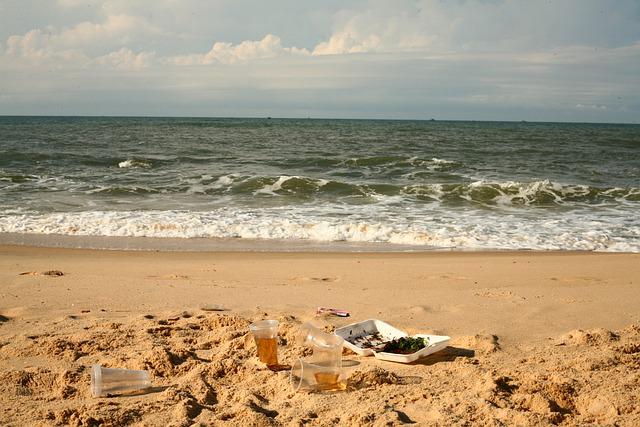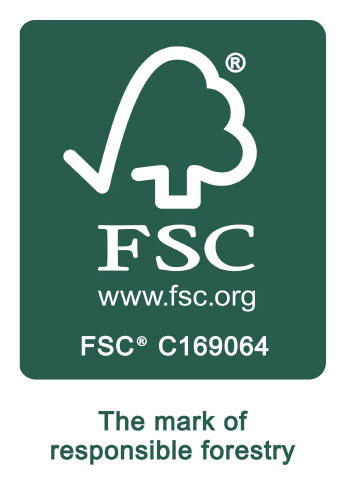A place on a Top Companies list usually means positive publicity, but the Dirty Dozen is different. It focuses on packaging pollution and names the brands exposed as being responsible for the highest volume of branded litter in the UK. Surfers Against Sewage highlight the issue, but what can be done to tackle packaging waste polluting our countryside and coastline?
Million Mile Beach Clean Removes Packaging Waste
Surfers Against Sewage are an organisation committed to cleaning up our country. They want to enjoy beaches and other beauty spots without litter and other pollutants. To turn the tide on waste, they play an active role in inspiring volunteers and organising litter picks to help keep beaches and seas safe and pleasant.
This year, hundreds of people took part in the Million Mile Clean Up. In total, 28,727 items including cigarette butts, drinks bottles, food wrappers and other litter were removed from our shores.
Holding Brands Accountable for Packaging Pollution
Keen to hold companies accountable, branded litter is monitored. In this year’s report, packaging waste could be traced back to 264 different brands. However, the worst polluters make it to the Dirty Dozen list. This year, three companies; Coca-Cola, PepsiCo and McDonald’s were the source of 38% of all branded packaging pollution.
These brands frequently top the charts and despite marketing themselves as having green credentials, it is clear that they need to take more responsibility for their environmental impact.
The full Dirty Dozen list can be found on the Surfers Against Sewage website.
The organisation is urging the government to introduce a nationwide Deposit Return Scheme (DRS). This measure could encourage people to return plastic and glass bottles and has the potential to greatly reduce abandoned waste.
Packaging Design with the Entire Lifecycle in Mind
The truth is that we all need to take greater responsibility for reducing packaging pollution. This starts with designing packaging with the entire lifecycle in mind.
First and foremost, is any packaging necessary? If it is required to protect the product, minimise waste and provide consumer information, what is the optimal amount of packaging? Whilst there has been good progress in removing excess packaging, many products are still overpacked.
The next step is to consider the most sustainable packaging material. Is it responsibly sourced and can it be produced from recycled materials? Could biodegradable packaging materials do the job? Can the packaging material be widely recycled? Will any elements or finished prevent reuse or recycling?
The packaging design should also focus on refill or reuse options to minimise single use. Then, at the end of life, it should be simple for consumers to separate (if necessary), compost, return or recycle the packaging. In addition, clear information and packaging labels encourage consumers to take the right action.
Our Aylesbury Box Company team have helped many brands to optimise packaging design, find alternatives to plastic and evidence supply chain sustainability. Specialists in sustainable cardboard packaging, we focus on a circular economy approach in our products and processes.
Consumer Responsibility for Waste
The finger can’t only be pointed at brands. They produced the packaging, however, they didn’t leave it on a beach, drop it whilst out on a walk or abandon it in the park.
For every volunteer who took part in the Million Mile Clean Up, Womble groups and other litter picking activities, there’s an individual causing the problem. Take litter home or use waste bins , don’t expect others to clean up after you!
In addition, let’s make conscious decisions to shop from brands that are taking genuine action to reduce packaging waste. The Dirty Dozen 2022 have been named, we have to wait and see if this drives them to clean up their act or sways consumer choice.

